If you live in an apartment with a mezzanine, you’ve probably noticed that the air is warmer upstairs than downstairs, a particularly uncomfortable situation during the summer months.
Whether it’s for a good night’s sleep, for work, or simply to relax on a hot day, the uneven distribution of heat can be a real problem.
You’re probably wondering how to prevent heat build-up on the upper floor while balancing the temperature throughout your home.
This article will give you an insight into why heat tends to concentrate upstairs, and the importance of effective temperature management in your home.
We’ll look at techniques for better heat distribution in multi-level homes, including the use of ceiling fans and pedestal fans. Be careful, however, not to confuse destratification of the volume of a single room with ventilation between rooms. We’re talking about a single room here!
Finally, we present the Williwaw fan, a state-of-the-art, elegantly designed device designed to even out the temperature in a room, allowing you to enjoy a more comfortable environment.
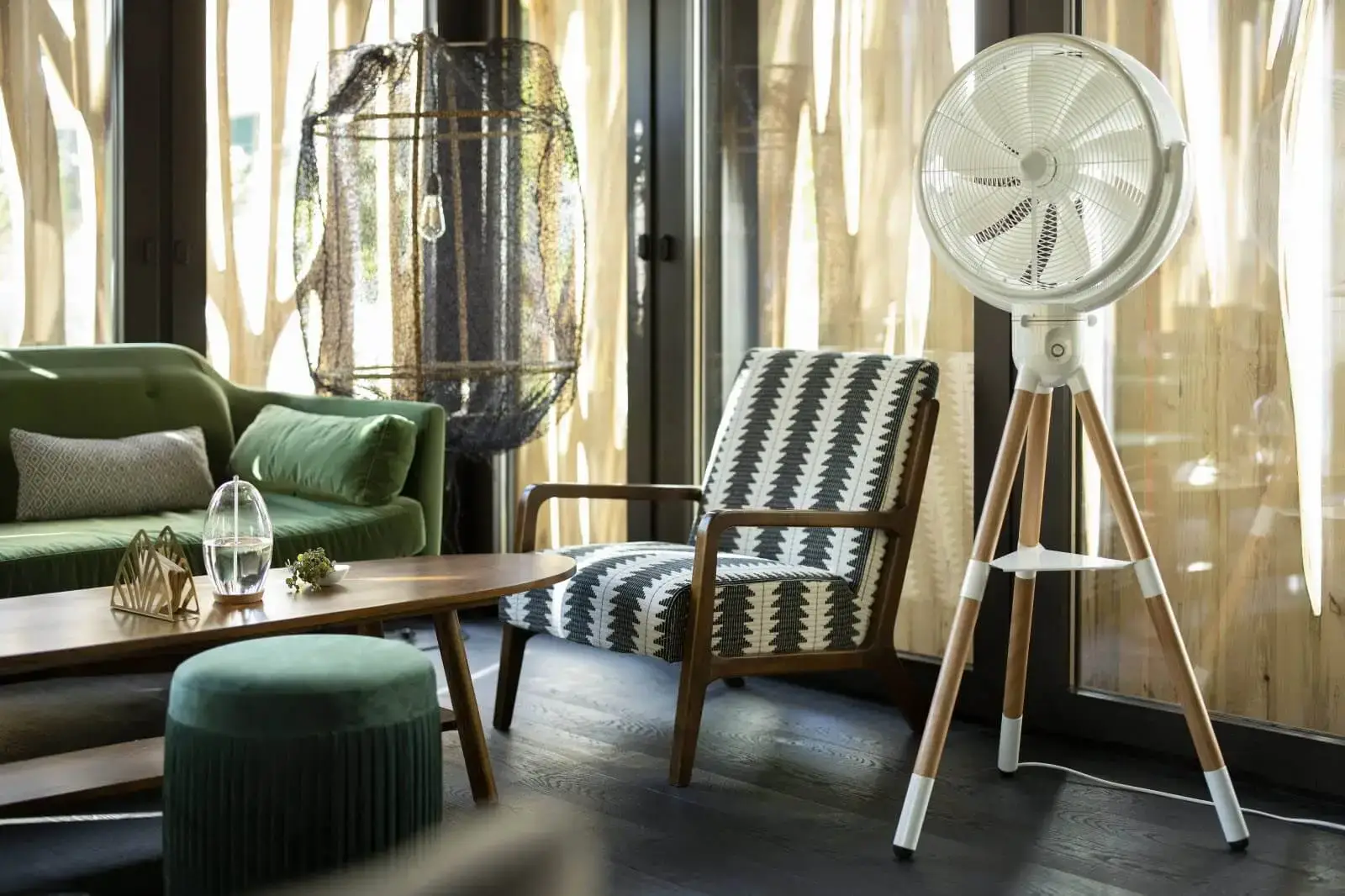 Why prevent heat from rising upstairs? What’s at stake?
Why prevent heat from rising upstairs? What’s at stake? Rising heat is a natural physical behavior, caused by the difference in density between warm and cold air.
Warm air, being lighter, moves upwards, while cold air, being denser, remains at the bottom. This phenomenon creates a thermal imbalance between the floors of a house, affecting both comfort and energy efficiency.
This leads to overheating of upstairs rooms, making it difficult to sleep, work or relax. At the same time, rooms on the first floor tend to be less heated, reducing living comfort.
The direct consequence is a significant loss of energy, as heating must be increased on the first floor to counterbalance the cooling of the lower floors. An ADEME study reveals that this thermal stratification can increase heating consumption by 10 to 30%.
A system that homogenizes the temperature, like the Williwaw, automatically destratifies and saves over 30% on heating costs.
It is therefore crucial to prevent or minimize heat build-up on the upper floor to optimize thermal comfort and save energy.
To prevent heat from rising to the upper floors, solutions such as insulation or caulking are effective, but within the same room, the use of a destratification fan is the most efficient!
We’ll explore these strategies in more detail and explain how a fan, such as the Williwaw model, can help balance the temperature in your home.

One promising option is the use of a fan. However, it is essential to note that not all fans are created equal.
Some excel in performance, silence, design and intelligence. The Williwaw fan stands out as a four-season option that promises to balance your room temperature while making your heating system more efficient.
But how exactly does it do this, and what are its distinct advantages?
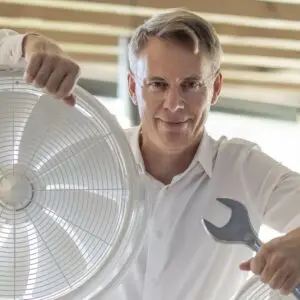
A four-season fan is designed to be useful all year round, whether to cool a room with a fan during the hot summer months or to distribute heat during the cold winter months.
It achieves this thanks to its summer and winter modes, and its manually-adjustable head for setting the ventilation angle on the horizontal axis.
In summer, by directing the airflow towards the room’s occupants, the fan creates a cool breeze that cools by evaporating the microperspiration the body generates to protect itself from the heat. It’s this evaporation that generates the cooling and ecological fan.
In winter, by directing the Williwaw’s airflow vertically, it will push fresh air against the warm air accumulated on the ceiling, forcing this warm air down the walls, creating convection.
This process, called destratification, helps to even out the ambient temperature while reducing the energy consumption required for heating, which is a key consideration when choosing between an air conditioner or a fan.
To help you see things more clearly, here are the results in pictures.
In this room, you can see that a Williwaw destratifier reduces the energy required for heating by 37%! Thermostatically controlled heating is triggered much less often, and temperature variations are less noticeable.
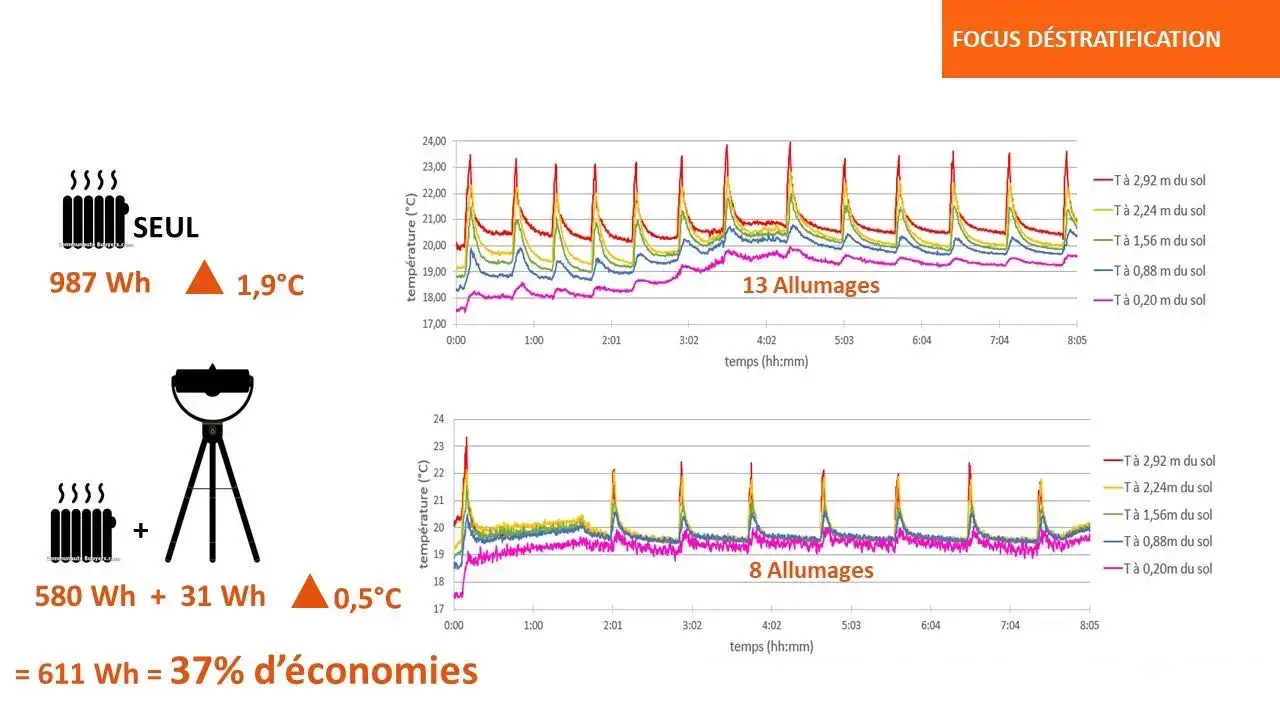
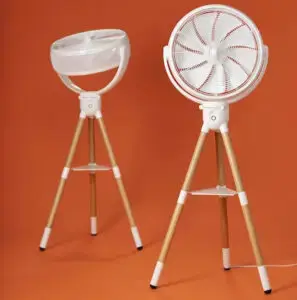 How does Williwaw destratification work?
How does Williwaw destratification work?The Williwaw breaks new ground in the field of four-season fans with its destratification system. Its pivoting head, which can be adjusted vertically or horizontally, enables the user to switch from direct ventilation, for cooling, to indirect ventilation, for temperature harmonization.
Horizontal for classic flow, and vertical to act as a fan, avoiding unpleasant cold draughts. This capability enables it to diffuse heat from a single source, such as a stove, or to provide a light, refreshing breeze without an air conditioner.
Williwaw’s intelligence lies in its connectivity and adaptability. It is recognized as the most powerful fan on the market, and its ability to automatically adjust to ambient temperature is perfectly suited to the requirements ofa destratifier.
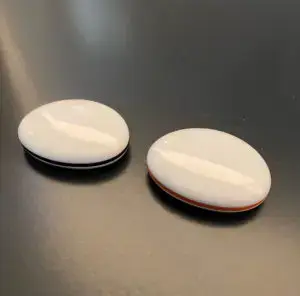 Thanks to its sensors, it switches on and off as required or according to a specific program. You can choose from 15 speeds via a mobile app, while enjoying operation that also makes it thequietest fan (37 to 46 dB depending on speed). Its design is no slouch either, combining elegance and durability with its solid beech body and white plastic blades.
Thanks to its sensors, it switches on and off as required or according to a specific program. You can choose from 15 speeds via a mobile app, while enjoying operation that also makes it thequietest fan (37 to 46 dB depending on speed). Its design is no slouch either, combining elegance and durability with its solid beech body and white plastic blades.
This article has provided you with a guide on how to avoid heat build-up up upstairs with a Williwaw fan.
We’ve explored the reasons why heat spreads to the upper floors, and highlighted the importance of effective temperature management in the home. The result: savings of up to 30% if your heating is regulated by a thermostat.
For those wishing to improve their thermal comfort while saving on heating costs, the Williwaw fan represents an innovative and environmentally-friendly solution.
It’s designed to meet your specific needs and blend perfectly with your décor.
For more information, if you have any doubts or questions, please contact us; our support team is here to help.
You don’t need to be an expert to install this device: clear instructions in the form of video tutorials and step-by-step instructions are provided on the support page .